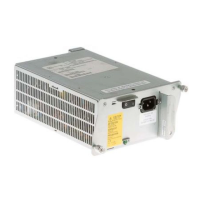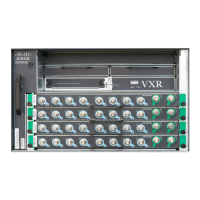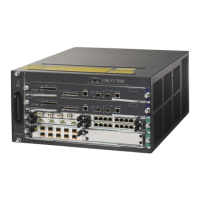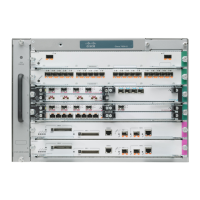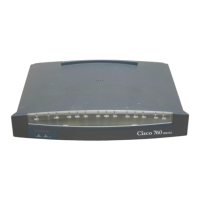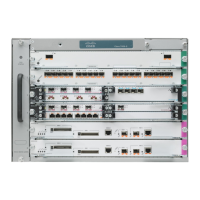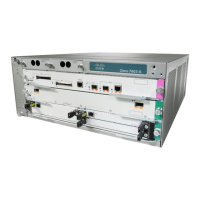CHAPTER
Send document comments to nexus7k-docfeedback@cisco.com
9-1
Cisco Nexus 7000 Series NX-OS Interfaces Configuration Guide, Release 5.x
OL-23435-03
9
Configuring Q-in-Q VLAN Tunnels
This chapter describes how to configure IEEE 802.1Q-in-Q (Q-in-Q) VLAN tunnels and Layer 2
protocol tunneling on Cisco NX-OS devices.
This chapter includes the following sections:
• Information About Q-in-Q Tunnels, page 9-1
• Information About Layer 2 Protocol Tunneling, page 9-4
• Licensing Requirements for Q-in-Q Tunnels, page 9-7
• Guidelines and Limitations, page 9-7
• Configuring Q-in-Q Tunnels and Layer 2 Protocol Tunneling, page 9-7
• Verifying the Q-in-Q Configuration, page 9-16
• Configuration Examples for Q-in-Q and Layer 2 Protocol Tunneling, page 9-16
• Feature History for Q-in-Q Tunnels and Layer 2 Protocol Tunneling, page 9-17
Information About Q-in-Q Tunnels
A Q-in-Q VLAN tunnel enables a service provider to segregate the traffic of different customers in their
infrastructure, while still giving the customer a full range of VLANs for their internal use by adding a
second 802.1Q tag to an already tagged frame.
This section includes the following topics:
• Q-in-Q Tunneling, page 9-1
• Native VLAN Hazard, page 9-3
Q-in-Q Tunneling
Business customers of service providers often have specific requirements for VLAN IDs and the number
of VLANs to be supported. The VLAN ranges required by different customers in the same
service-provider network might overlap, and traffic of customers through the infrastructure might be
mixed. Assigning a unique range of VLAN IDs to each customer would restrict customer configurations
and could easily exceed the VLAN limit of 4096 of the 802.1Q specification.
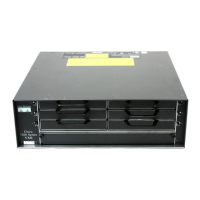
